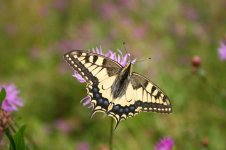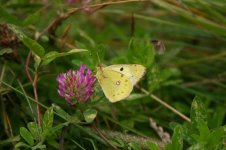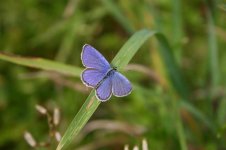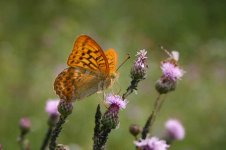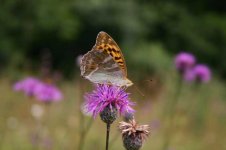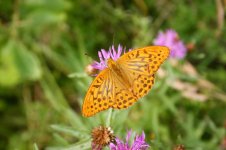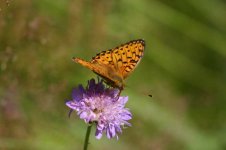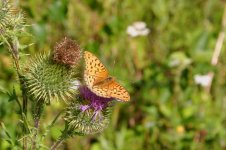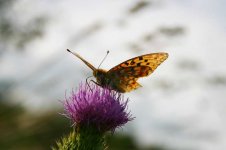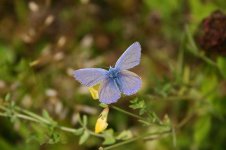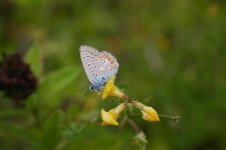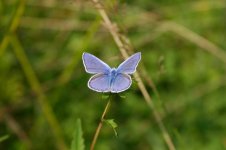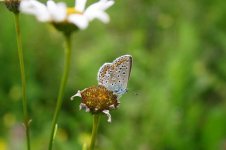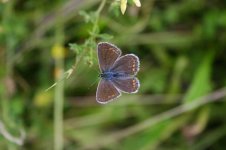Jos Stratford said:
Samuel, I guess 'Tiger' Swallowtail is one of the American races of this swallowtail, as this term is not (as far as I know) used this side of the pond. Same goes for the 'clouded sulphur' - checking guides, I think we're talking different species in the US and Europe.
Yes, to clear any confusion, Jos's Lithuanian swallowtail is the widespread European species
Papilio machaon. (Sadly very rare here in the UK and I am jealous of Jos's photograph.)
In North America it is called the 'Old World Swallowtail', and is confined, I understand, to Canada and Alaska, though there are very similar species further south.
The Tiger Swallowtails have conspicuous black "tiger" stripes on the wings and they are in a section of the genus that some authorities put in the separate genus
Pterourus. The most widespread is
Papilio glaucus, which was a frequent and magnificent sight when I was in New York state last summer. They do not occur in Europe, though the Scarce Swallowtail,
Iphiclides podalirius, is superficially similar.
Also agreed that the American 'Clouded Sulphur', aka 'Common Sulphur',
Colias philodice, is not the same as Jos's
C. hyale, it's more like our European
C. croceas in fact. (I believe I saw one and it looked exactly the same to me!).





